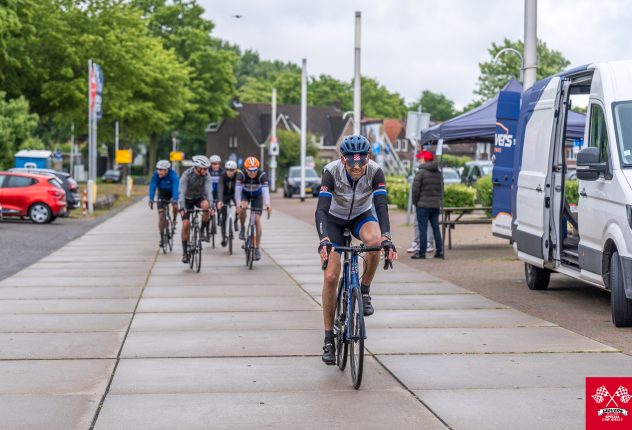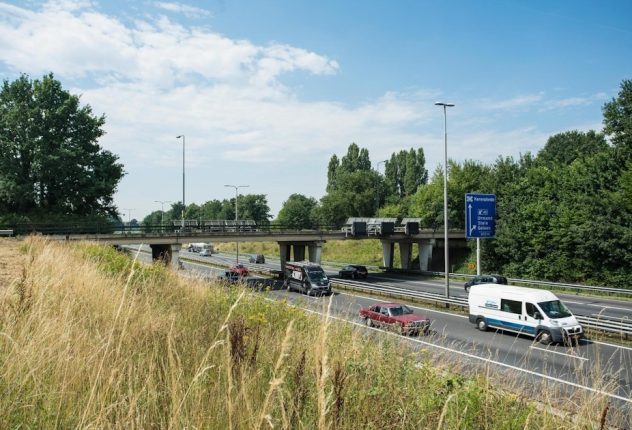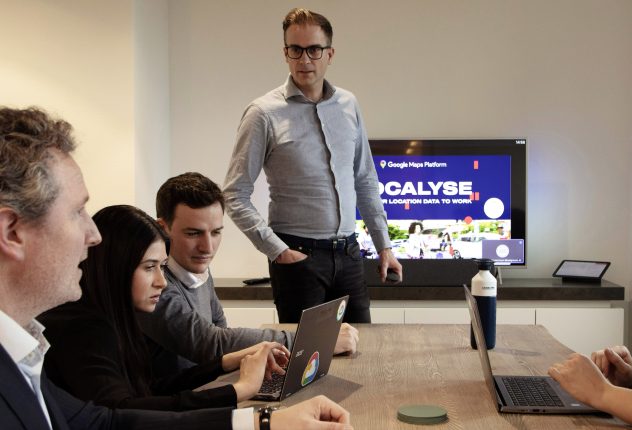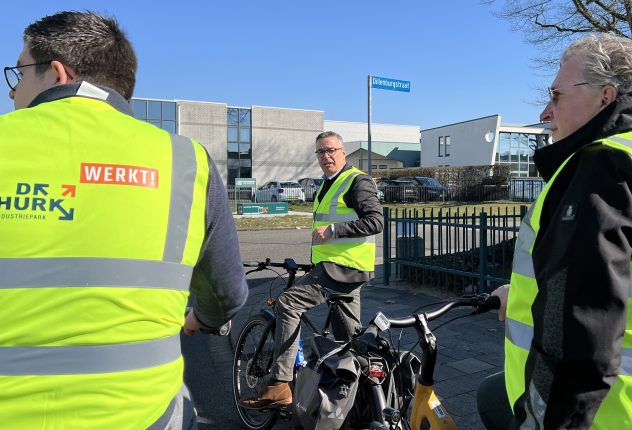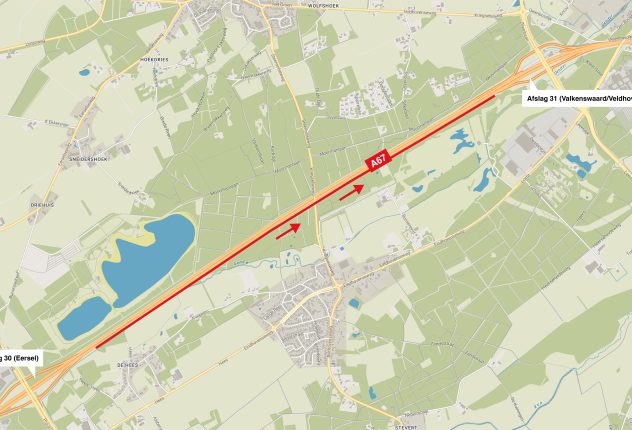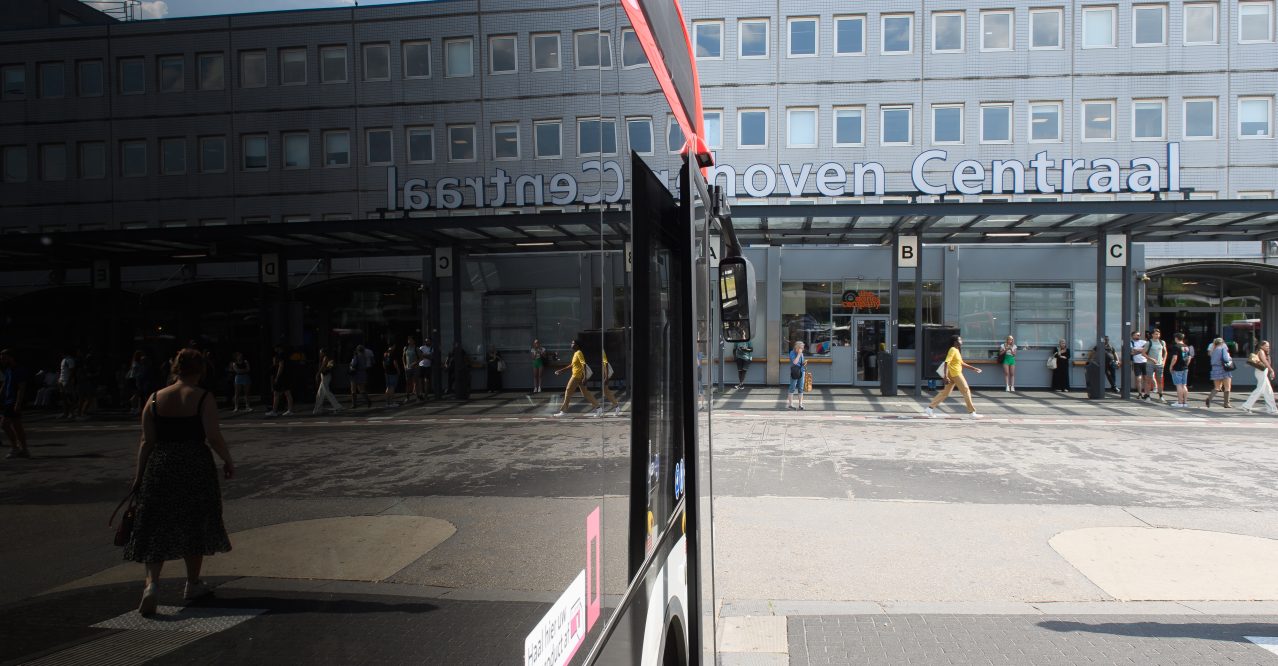
Bye car, hello public transport: with an itinerary in our pockets, we get in
Published on January 8, 2024BEHAVIORAL PILOT OV
What prevents motorists from traveling by train or bus? And which buttons can we turn to get them enthusiastic about this? With the help of SmartwayZ.NL, Brainport Bereikbaar commissioned Duwtje to use behavioral pilots to test how travel by public transport can be encouraged. Duwtje used four interventions (experiments). The results are surprising! Joyce Croonen (founder and CEO of Duwtje) and Rick Baggermans (behavior project leader) tell us more.
Why were these behavioral pilots deployed?
Rick: “Our goal is to keep the Brainport region accessible, liveable and sustainable. To achieve this, we want to get as many motorists as possible out of their cars and onto public transport. We investigate which motivators work best for this and put them into practice. This certainly does not only concern external motivators such as a financial reward. We also want to stimulate the internal motivators of motorists. In other words: How do we ensure that people leave their car at the door and get on the train instead? We asked Duwtje to think about this.”
How did Duwtje get started with this?
Joyce: “We first carried out a behavioral analysis. This way we knew which buttons we could turn to motivate people. We then deployed four different interventions in four places around Eindhoven with a railway station. The first was to capitalize on convenience and reduce skepticism about long travel times through ready-made itineraries. In the second intervention we emphasized the disadvantages of the car such as traffic jams. The third focused on the advantage 'travel time is your own time' by making it concrete how you can spend your travel time. The fourth intervention showed that the train in Boxtel arrives on time in 99% of the cases and is therefore a reliable means of transport.”
Which intervention gave the best results?
Joyce: “The first! We mainly turned to the 'convenience' button. A major obstacle for inveterate drivers appears to be breaking habits and figuring out how to travel to work by public transport. We therefore sent ready-made travel schedules to the largest companies in the Brainport region. By offering the route in this way, we put less strain on the brains of motorists and the first step had already been taken. In addition, motorists often overestimate the travel time by public transport. Through these door-to-door travel schedules, they discovered that the travel time is actually not too bad. The intervention turned out to be effective: in the follow-up measurement we saw a significant increase of 3.6% more check-ins at the NS station.”
Cool! Can you explain why the other three interventions were less successful?
Joyce: “We think that cognitive dissonance plays a major role among car users. In other words: justifying it to yourself. People who take the car have already made peace with the fact that they may be stuck in traffic jams. The two interventions in which we focused on the disadvantage of traffic jams did not get the motorist out of the car.”
What result surprised you the most?
Joyce: “The disappointing results of intervention 3: reclaim your time. For many people, the biggest advantage of public transport is that the travel time can be used as your own time. In the car you have to pay constant attention and keep your hands on the wheel. In public transport you can work, watch Netflix, learn a new language, etc. And because time is seen as something precious, more 'own' time affects your internal motivation. It has been scientifically proven that when you turn this motivation knob, the chance of long-term behavioral change is greatest. I had very high hopes for the effectiveness of this intervention, but (unfortunately) we did not see that reflected in the results.”
Suppose another municipality or employer wants to get started with one of these interventions. What is your golden tip?
Rick: “Then be sure to contact Brainport Bereikbaar! It was not without reason that we asked Duwtje at the start of the behavioral experiment to come up with a solution that was scalable. We will therefore deploy the successful interventions more broadly throughout the southern Netherlands and are happy to help municipalities or employers implement the solutions.”
Get inspired
Do you want to keep Brainport accessible? Join us. We would be happy to discuss this with you. To work on opportunities, innovations and solutions. Because we can only do that together. Contact us at info@brainportbereikbaar.nl.

